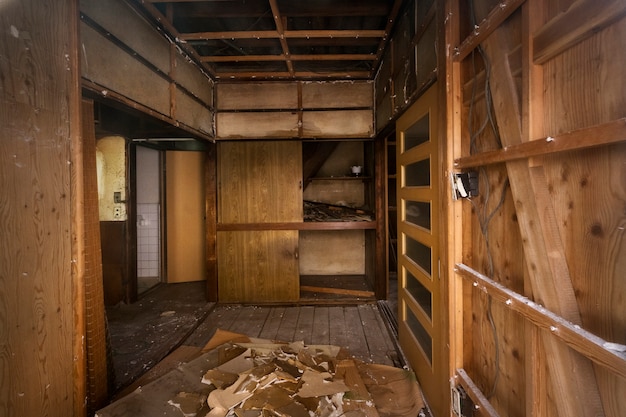
Expert Basement Mold Removal Services in Homestead
Basement mold is a common issue faced by many homeowners in Homestead. The dark and often damp environment in basements provides an ideal breeding ground for mold. When mold spores thrive, they can pose serious health risks and cause structural damage to properties. Consequently, professional basement mold removal services have become essential to ensure safety and preserve the integrity of homes. This article explores the importance of expert mold removal services and what to expect from such professional interventions.
The Importance of Professional Mold Removal
Mold removal is not just a matter of aesthetics or comfort; it directly impacts health and safety. Mold spores can cause allergic reactions, respiratory issues, and other health complications, especially in individuals with weakened immune systems. Moreover, mold can compromise the structural integrity of a building by gradually deteriorating materials like wood, drywall, and insulation.
Professional mold removal services are equipped with the expertise and tools necessary to effectively address mold issues. These services ensure that mold is completely eradicated and that preventive measures are implemented to avoid recurrence.
Benefits of Hiring Expert Mold Removal Services
- Thorough Inspection: Professionals conduct a comprehensive inspection to identify the extent of mold growth and the underlying causes.
- Advanced Equipment: Specialized tools and techniques are used to detect hidden mold and moisture sources.
- Effective Removal: Experts use industry-approved methods to safely remove mold without spreading spores.
- Preventive Measures: Recommendations and solutions are provided to prevent future mold growth.
- Health and Safety: Ensures the safety of inhabitants by addressing potential health hazards.
- Peace of Mind: Professional services offer assurance and peace of mind knowing the problem is handled effectively.
For more information on the benefits of hiring expert mold removal services, read more about this topic.
Understanding the Mold Removal Process
The mold removal process is methodical and detailed, ensuring that all traces of mold are eliminated. Here's a breakdown of the typical steps involved:
Initial Assessment and Inspection
The first step in the mold removal process is a thorough assessment and inspection. Professionals evaluate the extent of mold growth and identify the type of mold present. This step is crucial as it informs the strategy for effective removal. Explore further insights here on inspection techniques.
Containment and Removal
Once the inspection is complete, the affected area is contained to prevent the spread of mold spores to other parts of the house. Specialized equipment such as air scrubbers and HEPA filters are used to ensure containment. The removal process involves cleaning and treating surfaces, as well as disposing of materials that are beyond repair.
Cleaning and Disinfection
After removing the mold, surfaces are thoroughly cleaned and disinfected to eliminate any remaining mold spores. This step often involves the use of antimicrobial treatments to prevent future growth. Find additional information here about the cleaning products used in mold remediation.
Restoration and Prevention
The final step involves restoring the affected area to its original state or better. Professionals may replace damaged materials, repaint surfaces, or apply sealants to protect against moisture. Preventive measures such as improving ventilation or repairing leaks are also implemented to avoid recurrence.
Learn more in this detailed guide on how restoration is integrated into mold remediation by visiting this link.
Choosing the Right Mold Removal Service in Homestead
When selecting a mold removal service, consider the following factors:
- Experience and Expertise: Choose a service with a proven track record and specialized knowledge in mold remediation.
- Certifications and Licenses: Ensure the service is certified and licensed according to local regulations.
- Comprehensive Services: Opt for services offering inspection, removal, and prevention solutions.
- Customer Reviews: Check testimonials and reviews to gauge the quality of service.
- Insurance and Guarantees: Look for services that offer insurance and guarantees for their work.
By keeping these factors in mind, homeowners can make informed decisions when selecting a mold removal service. For a deeper understanding of choosing the right service, find additional information here.